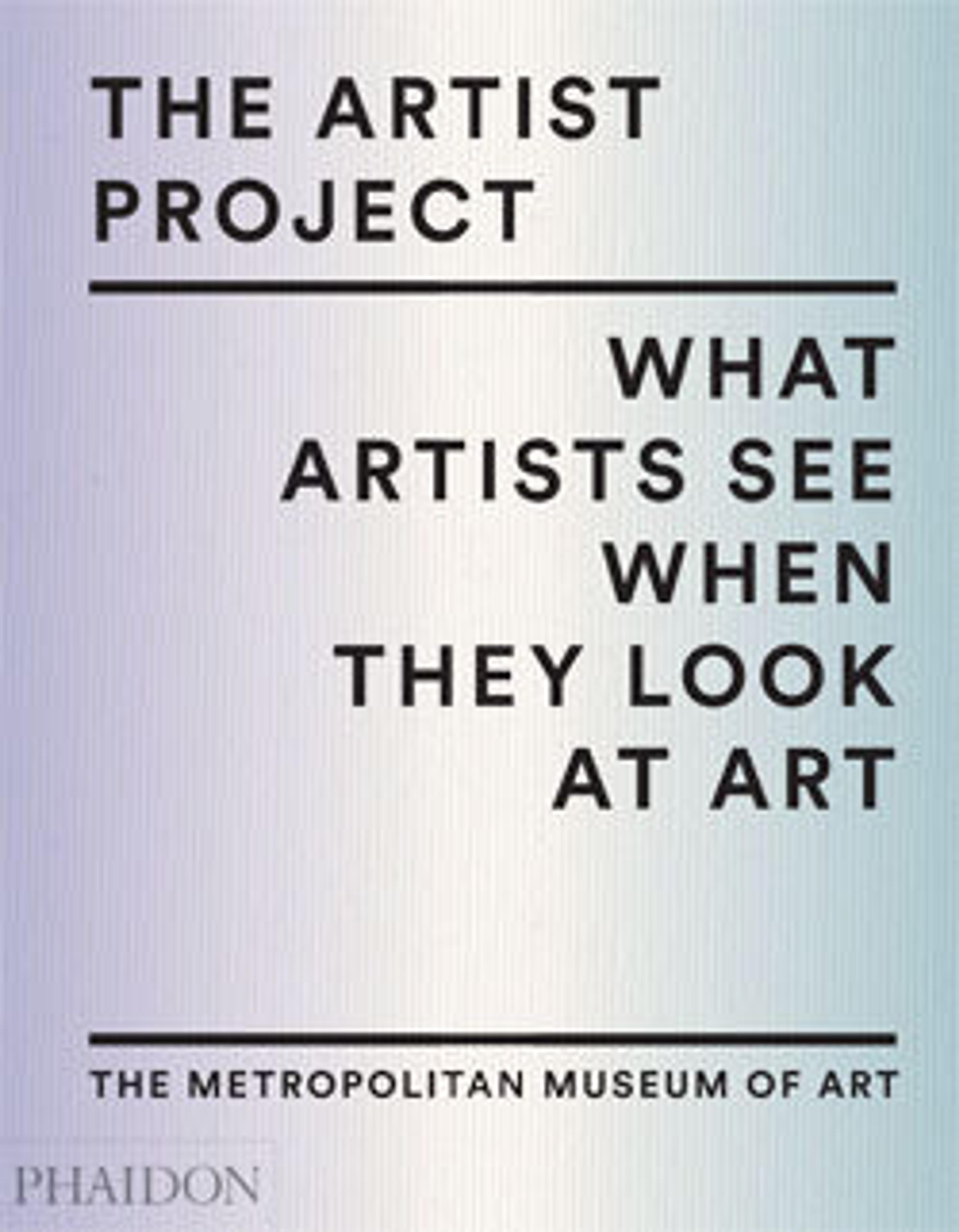Terracotta kylix (drinking cup)
Interior, flute-playing satyr and maenad
Exterior, obverse and reverse, symposium
The exterior provides a particularly full illustration of the symposium (drinking party) and, especially, of its paraphernalia: a wreathed column-krater for mixing wine and water, a large skyphos for the relief of a sick symposiast, a lamp stand that also accommodates a ladle and strainer, and krotala (castanets) and a picnic basket suspended from the back wall. Compared with the figures on the outside, the satyr and maenad (followers of the wine god, Dionysos) appear formal indeed.
Exterior, obverse and reverse, symposium
The exterior provides a particularly full illustration of the symposium (drinking party) and, especially, of its paraphernalia: a wreathed column-krater for mixing wine and water, a large skyphos for the relief of a sick symposiast, a lamp stand that also accommodates a ladle and strainer, and krotala (castanets) and a picnic basket suspended from the back wall. Compared with the figures on the outside, the satyr and maenad (followers of the wine god, Dionysos) appear formal indeed.
Artwork Details
- Title: Terracotta kylix (drinking cup)
- Artist: Signed by Hieron as potter
- Artist: Attributed to Makron
- Period: Classical
- Date: ca. 480 BCE
- Culture: Greek, Attic
- Medium: Terracotta; red-figure
- Dimensions: H. 5 7/16 in. (13.8 cm)
diameter 13 1/16 in. (33.2 cm) - Classification: Vases
- Credit Line: Rogers Fund, 1920
- Object Number: 20.246
- Curatorial Department: Greek and Roman Art
More Artwork
Research Resources
The Met provides unparalleled resources for research and welcomes an international community of students and scholars. The Met's Open Access API is where creators and researchers can connect to the The Met collection. Open Access data and public domain images are available for unrestricted commercial and noncommercial use without permission or fee.
To request images under copyright and other restrictions, please use this Image Request form.
Feedback
We continue to research and examine historical and cultural context for objects in The Met collection. If you have comments or questions about this object record, please contact us using the form below. The Museum looks forward to receiving your comments.
